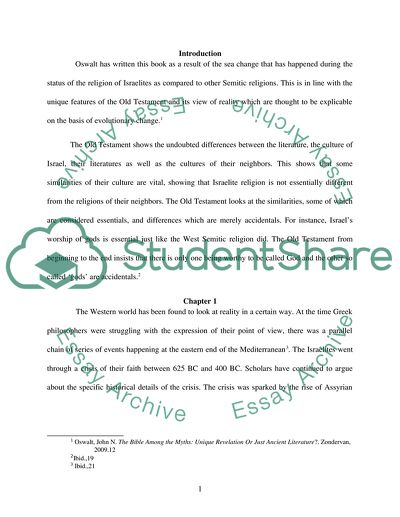Cite this document
(Analysis of The Bible among the Myths - Unique Revelation or Just Book Report/Review, n.d.)
Analysis of The Bible among the Myths - Unique Revelation or Just Book Report/Review. Retrieved from https://studentshare.org/religion-and-theology/1867712-the-bible-among-the-myths-unique-revelation-of-just-ancient-literature-by-oswalt-john-n
Analysis of The Bible among the Myths - Unique Revelation or Just Book Report/Review. Retrieved from https://studentshare.org/religion-and-theology/1867712-the-bible-among-the-myths-unique-revelation-of-just-ancient-literature-by-oswalt-john-n
(Analysis of The Bible Among the Myths - Unique Revelation or Just Book Report/Review)
Analysis of The Bible Among the Myths - Unique Revelation or Just Book Report/Review. https://studentshare.org/religion-and-theology/1867712-the-bible-among-the-myths-unique-revelation-of-just-ancient-literature-by-oswalt-john-n.
Analysis of The Bible Among the Myths - Unique Revelation or Just Book Report/Review. https://studentshare.org/religion-and-theology/1867712-the-bible-among-the-myths-unique-revelation-of-just-ancient-literature-by-oswalt-john-n.
“Analysis of The Bible Among the Myths - Unique Revelation or Just Book Report/Review”, n.d. https://studentshare.org/religion-and-theology/1867712-the-bible-among-the-myths-unique-revelation-of-just-ancient-literature-by-oswalt-john-n.


